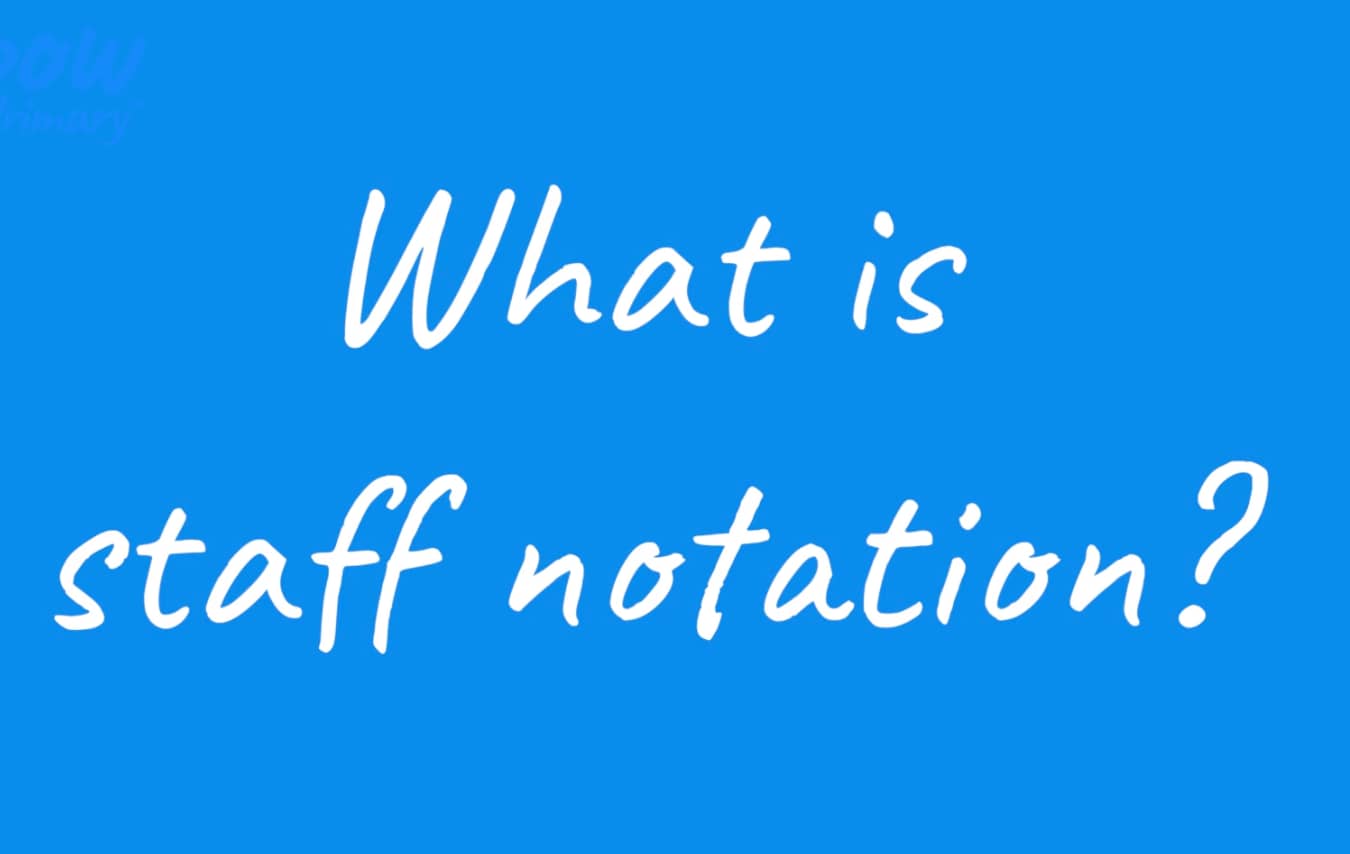This Music video introduces teachers to the fundamentals of staff notation and how it is laid out for classroom teaching. It explains how pitch is shown using the five-line stave, with notes placed either on the lines or in the spaces, and how clefs extend the range of notes to cover both higher and lower pitches.
year: Year 6
Teacher video: History of Latin music
This Music video introduces teachers to lesson two of the South America unit, where pupils explore the history and key features of salsa music. The session begins with a recap of the song learned in lesson one before moving into literacy-based activities supported by a presentation of cultural and musical background.
Teacher video: Salsa melody
This Music video introduces teachers to strategies for helping pupils recognise and name pitch notes in staff notation. The lesson begins with a recap of how pitch is shown on the stave and encourages children to use both line and space notes. Working in pairs, pupils decode the tuned percussion one part for the salsa-inspired piece Vamos Let’s Go, filling in missing note names and strengthening their reading skills.
Teacher video: Carnival spirit
This Music video introduces teachers to the final lesson of the South America unit, where pupils bring together all the elements of Vamos Let’s Go into one performance. The lesson begins with simple salsa steps to get the class into the groove, before rehearsing the singing, tuned and untuned percussion, and improvisation parts.
Teacher video: Vamos, let’s go!
This Music video introduces teachers to the South America unit, where pupils will learn to sing, play untuned and tuned percussion, and improvise within the salsa-inspired piece Vamos Let’s Go. The first lesson focuses on learning the vocal parts through call and response and practising the untuned percussion rhythms of clave, cowbell, shaker, and guiro.
Teacher video: Melodic composition
This Music video introduces teachers to the process of supporting pupils in creating and notating their own salsa melodies. Building on prior learning about letter names on the stave and salsa rhythms, pupils use an activity sheet with pre-written rhythms and a limited set of pitches (D, E, F, G, A) to compose short melodies.
Teacher video: Review of learning
This Music video introduces teachers to a consolidation lesson at the midpoint of the instrumental scheme. Pupils revisit all the music studied so far, performing pieces from previous topics and recalling contextual knowledge about each style.
Teacher video: Exploring octaves
This Music video introduces teachers to the concept of the octave and how to help pupils recognise, write, and perform it. Pupils will learn that an octave is the eight-note distance between two notes of the same name, where the upper note vibrates at double the frequency of the lower.
Teacher video: Cyclic patterns
This Music video introduces teachers to exploring cyclic patterns in lesson four of the Indonesia topic. Pupils will recap the key features of Gamelan music, including the use of the Slendro scale, octave variation, note length, and repeating cyclical structures, before creating their own eight-note melodies.









